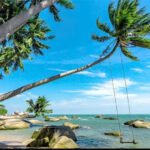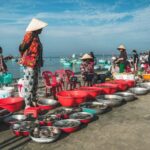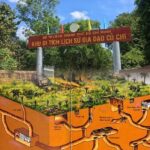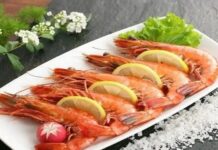Geographical Location and Scale
Ky Lua Market is located in Hoang Van Thu Ward, Lang Son City, approximately 18 km south of Huu Nghi Border Gate. This prime location lies along a vital trade route connecting Vietnam to Guangxi, China, facilitating cross-border trade.
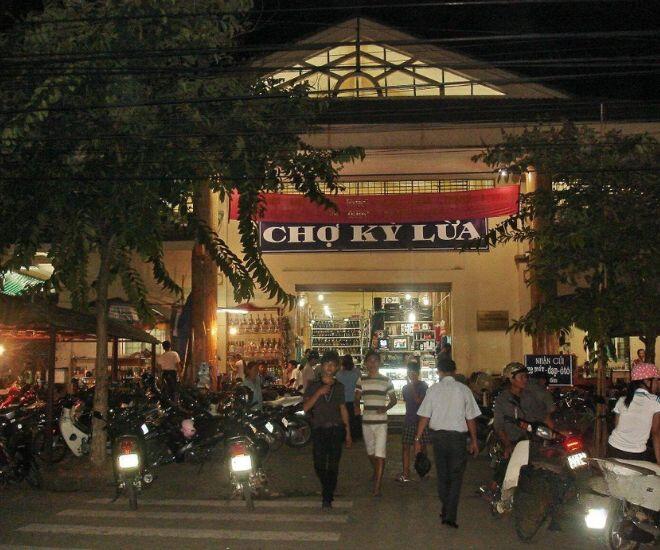
The market stretches over 500 meters along Ky Lua Street, a historic street that dates back to the 17th century. The main area is divided into three sections: an indoor market with fixed stalls selling fabrics, household goods, and local specialties; an outdoor market held on the 2nd, 7th, 12th, 17th, 22nd, and 27th of every lunar month, featuring hundreds of minority ethnic groups’ mobile stalls; and a night market open daily from 6 pm to 11 pm, renowned for its street food and folk art performances.
History of Formation and Development
The Early Stage (11th–17th Centuries)
According to ancient steles and local chronicles, the Ky Lua area began to emerge as a market as early as the 11th–12th centuries when Vietnamese and Chinese traders exchanged goods along the Ky Cung River. In 1677, during the Le Trung Hung period, Than Cong Tai, the Left Admiral of the Le Dynasty, officially planned and developed the market into a cross-border trade center.
The Prosperous Era (18th–19th Centuries)
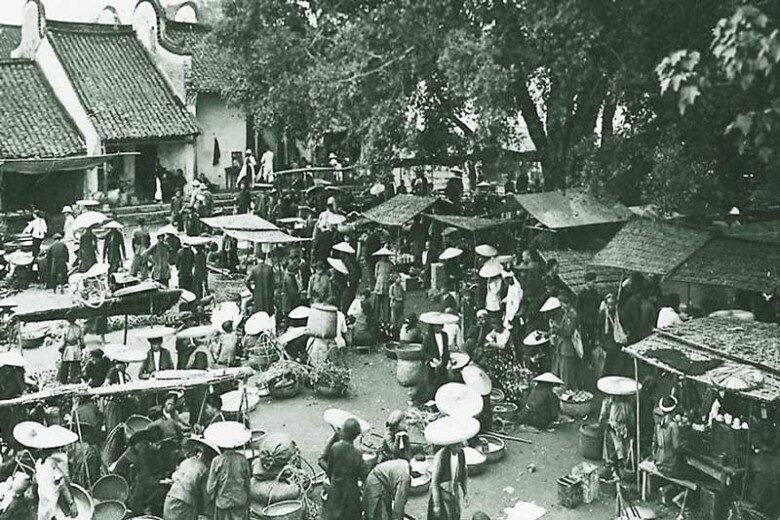
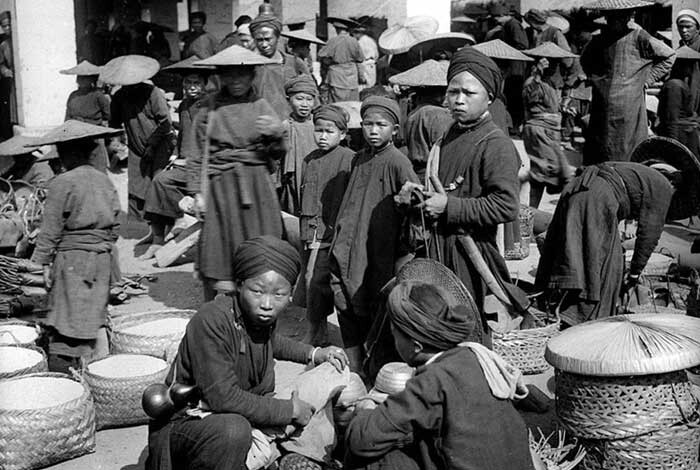
In the late 17th century, a wave of migration by Chinese people from Guangdong and Guangxi transformed Ky Lua into a “mini Hong Kong” of the Northeast region. In 1717, the Trinh Lord permitted the Chinese to settle permanently, establishing specialized streets: Hoa Kie Street for silk trading, Tay – Nung Street for agricultural products, and Kinh Street for household goods.
Modernization and Preservation (20th–21st Centuries)
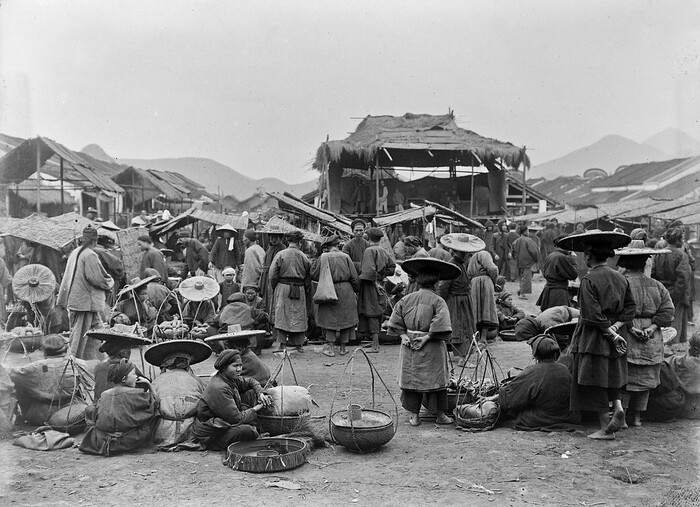
Despite historical upheavals, the market has preserved its ancient architecture with rows of yin-yang tiled roofs and lim wood pillars. In 2024, the Lang Son People’s Committee recognized Ky Lua Market as an intangible cultural heritage site at the provincial level and invested in upgrading the artistic lighting system for the night market.
Local Products and Specialties
Highland Agricultural Products
Ky Lua Market is renowned for its diverse range of highland agricultural products characteristic of the Northeast region, attracting both domestic and international tourists. Bac Son seedless cherry blossoms are a favorite, prized for their natural crisp and sweet taste, with prices ranging from 25,000 to 40,000 VND/kg depending on the season. Trang Dinh bamboo shoots, a specialty made from bamboo shoots growing on limestone mountains with a mild bitter taste, are currently priced at around 50,000 VND/kg.
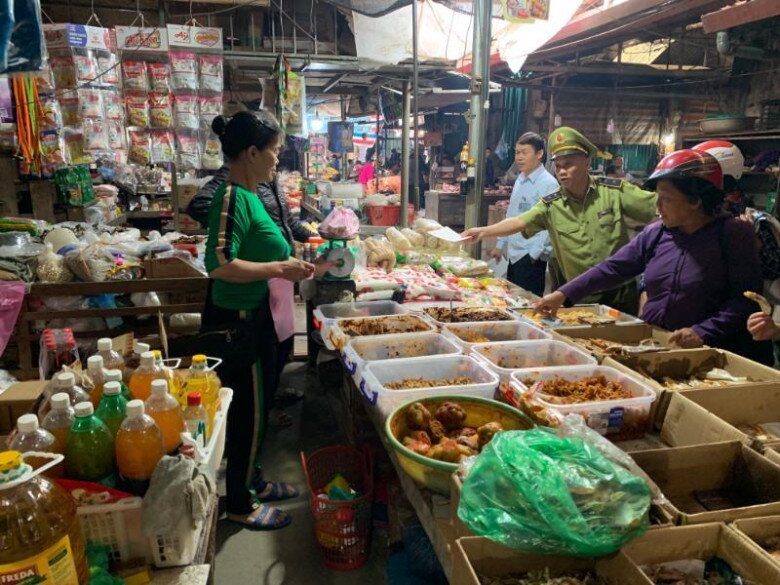
Additionally, Mau Son bitter tea, made from tea leaves plucked from an altitude of 1,500 meters, offers a unique bitter-to-sweet taste when brewed and is sold for 120,000 VND/500g box, making it a distinctive product unavailable elsewhere.
Traditional Handicrafts
The market also captivates tourists with its unique handicrafts. Tay people’s brocade fabric is intricately woven with characteristic shuttle and sun patterns, priced from 200,000 to 500,000 VND/piece depending on size and intricacy. Binh Gia pottery stands out with its unique rice husk glaze, fired with pine wood, resulting in exceptional durability and color, with an average tea set costing 150,000 VND. These products not only serve practical purposes but also carry cultural value, reflecting the identity of the Northeast region’s ethnic communities.
Cuisine Specialties
The cuisine at Ky Lua Market is a unique blend of different cultures, resulting in distinctive dishes rarely found elsewhere. Coong Phu cake, a traditional treat made from glutinous rice flour and mung bean paste, is served with molasses and fresh ginger for only 15,000 VND/bowl. Roasted pig with Mac Mat leaves is a sought-after delicacy, prepared by marinating suckling piglets with forest spices and roasting them whole over charcoal, priced at approximately 300,000 VND/kg.
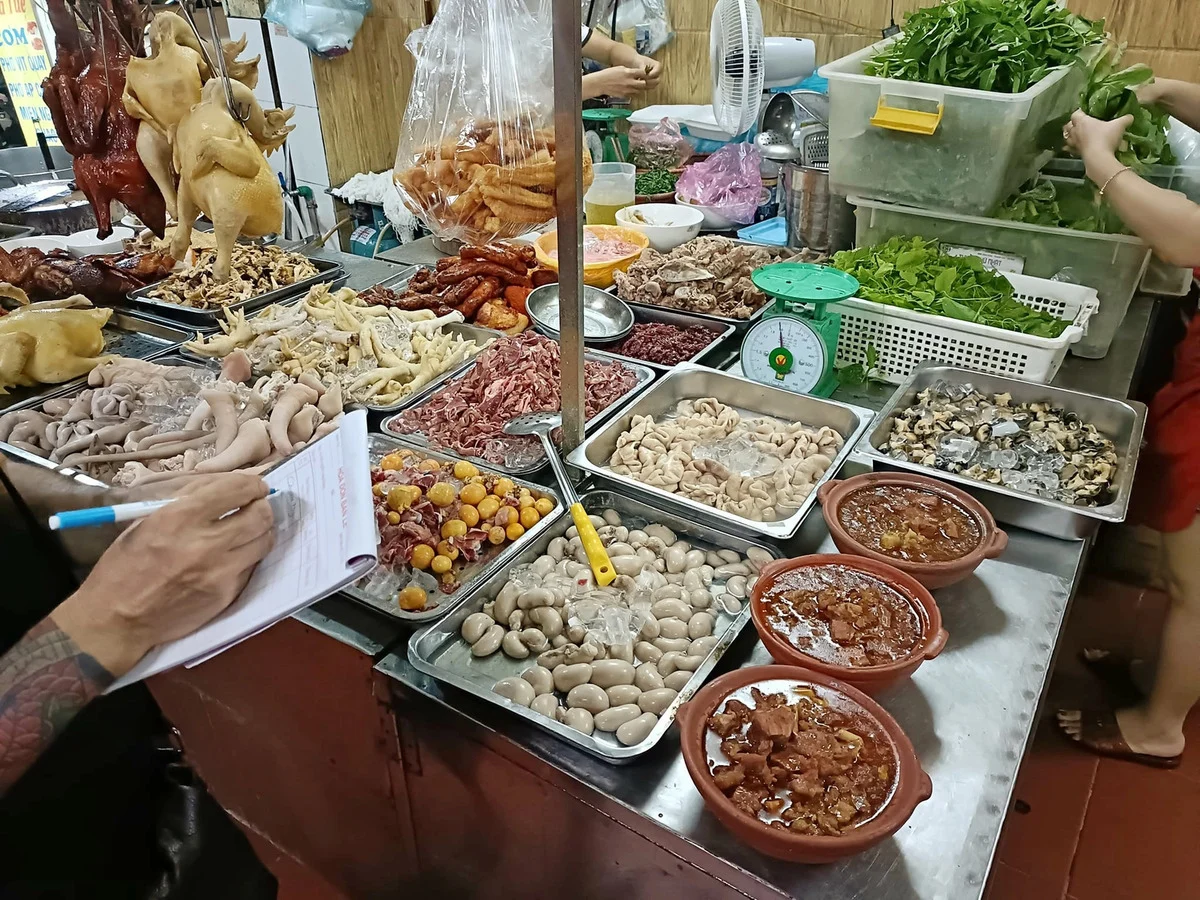
Chi Lang black plum sticky rice is made by mixing steamed sticky rice with finely chopped black plums, imparting a distinctive mountain flavor, and sold for 20,000 VND/serving. These dishes not only satisfy the taste buds but also offer a way for tourists to immerse themselves in the diverse culinary culture of the border region.
Unique Tourism Experiences
Exploring the Morning Market
When visiting Ky Lua Market, tourists should not miss the opportunity to explore the morning market. From 5 am, the market buzzes with activity as Red Dao people carry goods down from the mountains, their haggling a unique blend of Vietnamese, Tay, and Chinese languages. This is the ideal time to purchase smoked buffalo meat, a specialty smoked for three months in stilt houses, imparting a distinctive flavor, priced at approximately 450,000 VND/kg. The vibrant trading atmosphere in the early morning offers a rare chance to delve into the traditional border trade culture.
Learning Traditional Crafts
For a deeper cultural experience, tourists can participate in short workshops on traditional crafts organized by Tay artisans at the market. Indigo dyeing workshops teach visitors how to ferment indigo leaves and create patterns using beeswax, a centuries-old technique passed down through generations. Silver casting workshops introduce the traditional jewelry-making technique featuring intricate dragon and phoenix patterns.
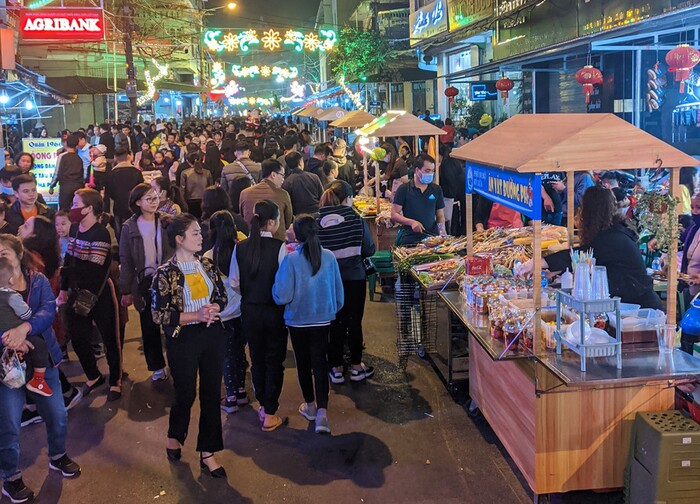
These activities not only enhance visitors’ understanding of indigenous cultures but also contribute to the preservation of traditional crafts that are gradually fading away.
Indulging in Folk Art Performances
Every Saturday evening, the stage in the middle of the Ky Lua night market transforms into a vibrant space for folk art performances. Tourists have the chance to enjoy ‘hat sli,’ a unique love duet of the Nung people with melodious tunes and lyrics about love and daily life. The lion dance, a ritual for good luck in the Chinese community, is a must-see, featuring graceful movements and vibrant costumes. This folk art space, rich in ethnic identity, creates a unique cultural highlight, making the experience at Ky Lua Market complete and memorable.
Current Tourism Situation and Challenges
According to statistics from the Lang Son Department of Culture and Sports (2024), the number of visitors to Ky Lua Market in 2023 reached only 40% of the 2019 figure. Many food stalls have closed due to a lack of capital. The project “Ky Lua Market – A Heritage Destination” was implemented with activities such as developing a multilingual electronic app for tourists, organizing the “Ancient Market Night” tour to recreate the 18th-century trading atmosphere, and collaborating with local guide training schools to promote guides proficient in Tay and Nung languages.
To further enhance the value of Ky Lua Market, efforts should focus on preserving ancient architecture by limiting the construction of modern concrete structures in the market’s core area; diversifying tourism products by developing experience tours to cherry farms and bitter tea gardens; and integrating the market into the “Northeast Heritage Road” tourism route along with Pac Bo Cave and Ban Gioc Waterfall.
Ky Lua Market is not just a hub for trade but also a “living museum” of border trade history. Preserving this heritage requires the collective effort of the community so that future generations can still hear the hawkers’ calls amid the aroma of hot tea and the melodies of ‘sli’ folk songs in the early morning market.
Exploring Tân Hoa Hậu Nguyễn Ngọc Kiều Duy’s Hometown: Indulging in Addictive Delicacies and Witnessing the Unique Fish Circus
The hometown of newly crowned beauty queen, Nguyen Ngoc Kieu Duy, has been captivating locals and international visitors alike. With its rustic charm and quintessential Mekong Delta characteristics, it offers a unique glimpse into the region’s culture and cuisine. The area’s scenic beauty and mouthwatering array of specialty dishes create an irresistible allure, leaving visitors with unforgettable memories of this enchanting place.


























